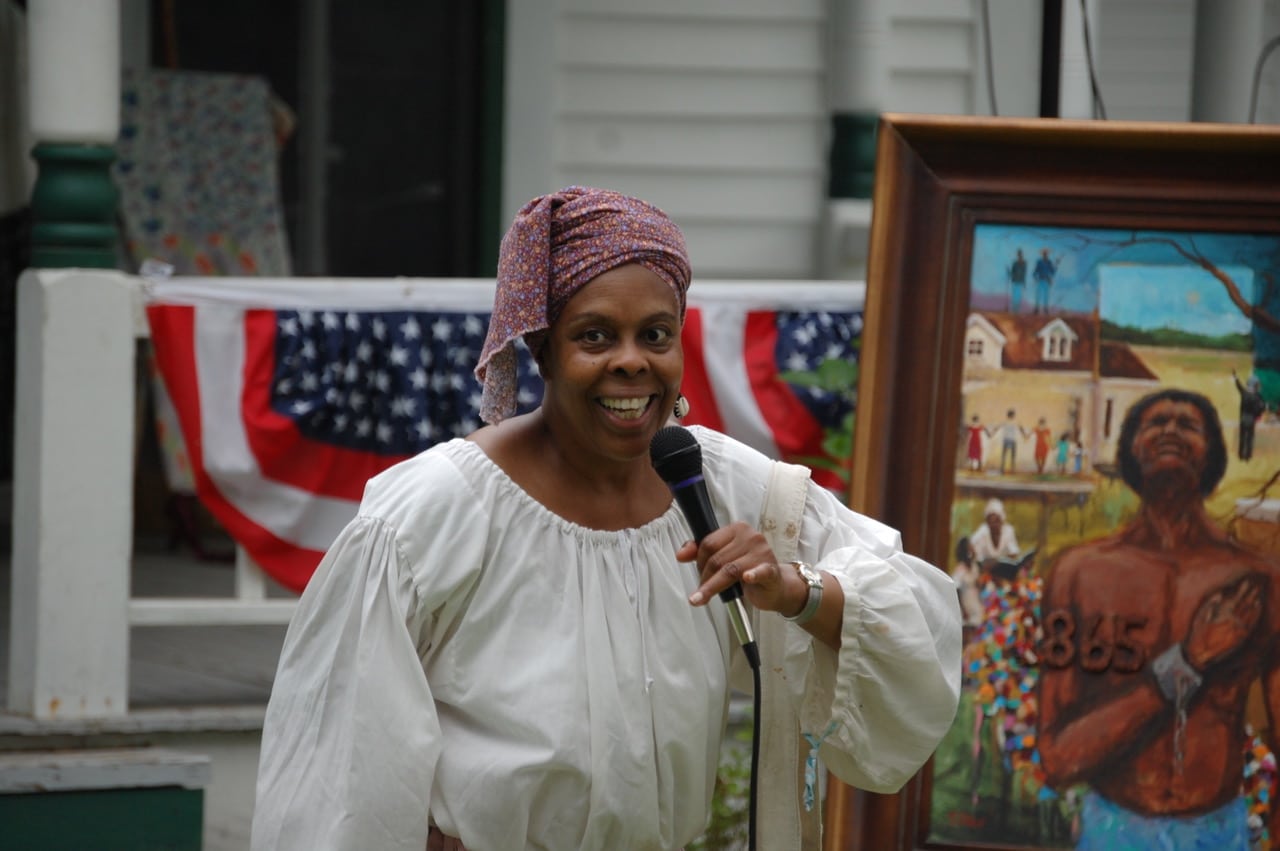
Naomi Campbell explains what Juneteenth means to the citizens of Galveston. Photo by Sam Collins III
The Civil War formally ended on April 9, 1865 when Gen. Robert E. Lee surrendered his Confederate army to Ulysses S. Grant at Appomattox Court House in Virginia. But news traveled slowly back then and it wasn’t until June 19, more than two months later, that news of the South’s defeat arrived in Galveston, Texas in the person of Union Gen. Gordon Granger.
Government leaders and returning soldiers were aware of the lost cause, but Texas’ gentry had forgotten to tell their black servants of their newly acquired freedom. So Granger did, adding that, in theory, slavery had been abolished nearly two and a half years before with Abraham Lincoln’s Emancipation Proclamation.
Former slaves immediately began celebrating and for the most part their descendants still do every “Juneteenth” when they gather to commemorate their transition from African slave to American citizen.
Until the events of last summer placed racial equity at the forefront of the national consciousness, many Americans had no idea what Juneteenth was or how important it is in many parts of the country. The island of Galveston is ground zero for Juneteenth celebrations and after a year spent cooped up inside, the city is ready to celebrate Juneteenth as a vital part of not just African American history but American history. And the good news is we all are invited to the party.
Like many things in Texas, Galveston goes big to celebrate. This year the celebration includes a special attraction with the recent completion of a new mural, entitled “Absolute Equality” by artist Reginald Adams. The mural is made up of several “windows to the past” that depict the long struggle to Juneteenth beginning in the early 1500s with an enslaved navigator to the signing of the Emancipation Proclamation to General Granger’s arrival in Galveston.
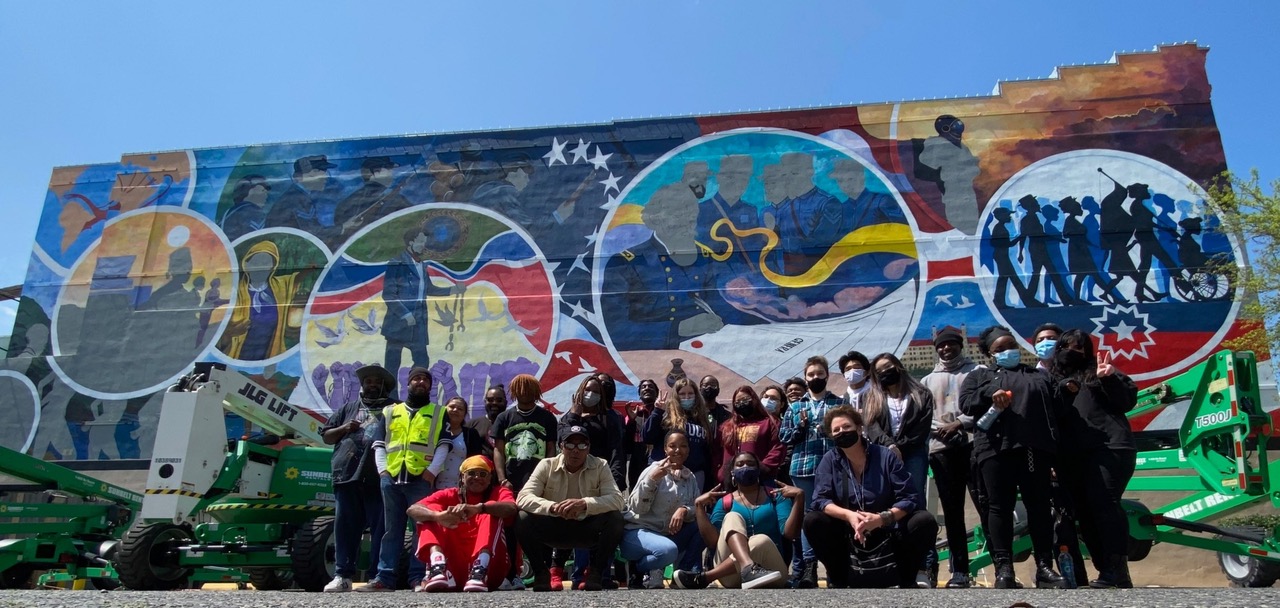
“Absolute Equality,” a recently completed mural by artist Reginald Adams is made up of several “windows to the past” that are embedded with Augmented Reality technology accessible via smart phones.
The mural is infused with Augmented Reality technology that enables viewers to point their smartphone camera at the mural and access a video that will tell the viewer about the history of the images in the mural. It’s “sneaky education” according to Samuel Collins III, the co-chair of the Juneteenth Legacy Project committee and member of the Board of Advisors with the National Trust for Historic Preservation. Collins says the mural is just one element in a larger concept known as “placemaking” in the historic preservation community. The legacy of Juneteenth portrayed in the mural, notes Collins, is on display 365 days a year and enables us to elevate the stories of men who fought for freedom from history’s footnotes into history’s main narrative.
“History is like a tossed salad,” Collins adds. “The lettuce is what you hear about all the time. What we are trying to do is add the pickles, the onions, the bell peppers, the hot peppers. We’re going to add flavor to history and tell the full story.”
Jointly sponsored by the Nia Cultural Center and the city of Galveston, the mural is part of a program called “Freedom School” which seeks to highlight the contributions of African Americans in Galveston and educate the community about African American culture.
Galveston is home to many Juneteenth locations you can tour on your own. One is Reedy Chapel, Texas’ first African Methodist Church that was founded by and for enslaved people. Reedy Chapel is one of over ten churches on the island, a fact that is particularly poignant to Galveston resident Sheridan Lorenz, the other co-chair on the Juneteenth Legacy Project. When speaking of the importance of the churches she says, “When you have everything stripped away from you including your name and family, social support is everything and that is what these churches provided and continue to do so today.”
You can also spend an afternoon at Jack Johnson Park, named after Jack “The Galveston Giant” Johnson, the first African American heavyweight boxing champion, who defeated opponents of all ethnicities from 1908-1915. Then snap a photo of Central High School, the first school in Texas for black people.
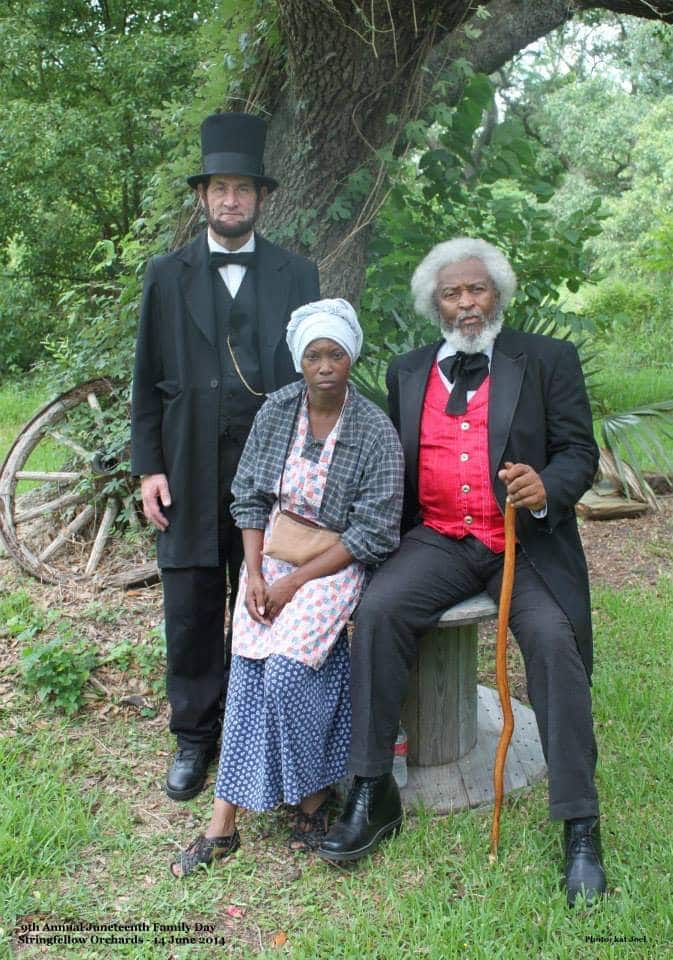
Abraham Lincoln’s 1863 Emancipation Proclamation freed no slaves in the Confederacy. Neither did it liberate slaves in border states like Maryland, Kentucky, Delaware, Missouri, and West Virginia since it only applied to “states in rebellion” against the federal; government. Slavery only ended when the South was defeated militarily.
The city of Galveston makes it easy to plan your route via the city’s website and its Visit Galveston App. The app gives you a list of key Juneteenth sites. Simply select the ones you wish to visit, and the app gives you a route to follow.
The lessons of Galveston’s history also can extend to your accommodations. Sheridan Lorenz and her family have restored two historic hotels: The Hotel Galvez and the Tremont House. The Hotel Galvez originally opened in 1911 was built as a symbol of resilience to Galveston following the Great Storm of 1900 that devastated the island. The hotel is located just three minutes away from the “Absolute Equality” mural, which is in the middle of town near the Strand that runs along the beach.
The Tremont House, previously known as the Belmont Hotel, underwent major renovations in the 1980s, which included adding on an old factory space that typifies the blending of old and new that is present throughout Galveston. The Strand is also a great place to see some different parts Galveston history.
Juneteenth has long been a special day for the people of Galveston, a day where freedom and independence for all become a reality, but Galveston is not the only place where someone can go to celebrate Juneteenth. In fact, 48 states have some kind of Juneteenth celebration.
Georgia
Atlanta celebrates Juneteenth from June 18 to June 20. Among a long list of activities are a parade, music festival, a car and bike show plus performances by step teams that culminate with fireworks. In keeping with social distancing and safety guidelines, participants are asked to register online ahead of time.
Even Stone Mountain will be celebrating Juneteenth this summer when it hosts a block party complete with choir singing, drummers, dancers, and speeches from local dignitaries honoring key African American figures in the community and a tribute to the late Georgia Representative and Civil Rights activist John Lewis. The day will end with fireworks. This event is an effort to show that today’s Stone Mountain, which bears the likeness of three Confederate leaders and remains the state’s most popular tourist attraction, has evolved with the times.
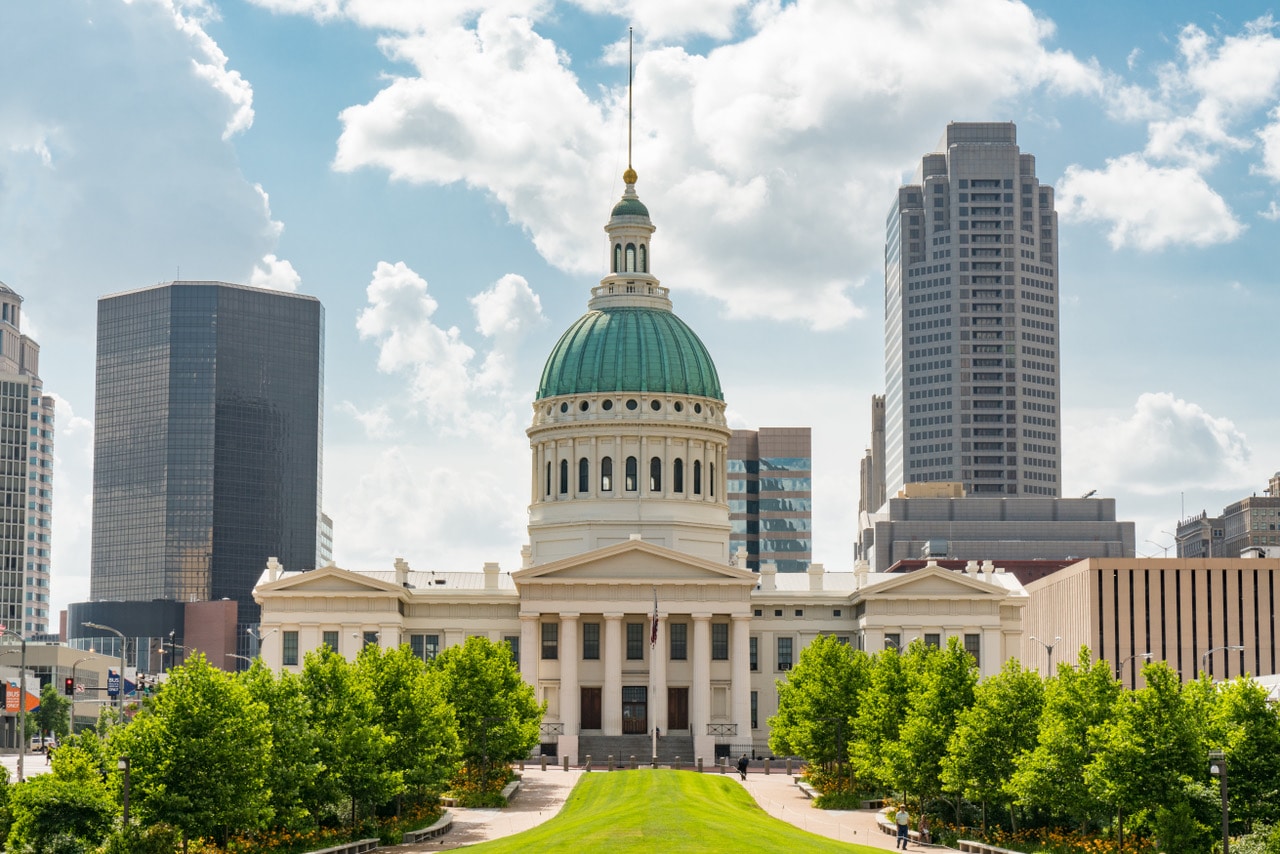
St. Louis’ historic Court House sits between Busch Stadium, home of the St. Louis Cardinals, and the Gateway Arch. In 1846 the slave Dred Scott sued for his and his wife’s freedom as they were being held as slaves in free states. Their trial and appeal before the Missouri Supreme Court occurred here. After learning about Dred Scott and how the legal issues he raised brought on the War Between the States head over to Delmar Blvd. west of downtown to visit the Scott Joplin home, a national historic landmark.
Charleston, South Carolina Almost 80% of African Americans have at least one ancestor who arrived in the U.S. as a slave through Charleston. Charleston has a number of must-see sites, chief among them being the Old Slave Mart Museum on Chalmers Street. Built in 1859, the museum has the last surviving slave auction gallery in the state. Inside, visitors can listen to an interview with a former slave and study the informative displays. Another place with a long history is the McLeod Plantation Historical Site. Established in 1859, the plantation tells the stories of both Blacks and Whites who worked there. You can visit the main house on your own or take more extensive interpretive tours that cover daily plantation life and the Gullah and Geechee cultures which empowered slave resistance.
Charleston is home to Mother Emanuel AME Church, the oldest African Methodist Episcopal Church in the South and the 1882 Mt. Zion AME Church which has original wooden pews in the balcony. Pick up a Sweetgrass basket, an ancient tradition in Gullah, woven from mush grass. The city also is hosting Freedom Fest Charleston at Riverfront Park inn North Charlestown that will feature art shows, live performances and fireworks. The event is free.
Pittsburgh
Pittsburgh hosts a two-week program celebrating both Juneteenth and Black Music Month from June 12 to June 27 with activities that include a Freedom Days Celebration at Mellon Park featuring programs for kids, which include a detailed explanation of the history of Juneteenth as well as videos and guest speakers. Other festivities include softball games, and live performances by The Ohio Players and Rakim and Big Daddy Kane. The event also boasts the Juneteenth DanceFest and holds Guinness Book of World Record Longest Soul Train Dance Line.
Historic Virginia Key Beach
For those who are looking for some fun in the sun, consider visiting Historic Virginia Key Beach in Miami. The beach opened in 1950 and was one of the only beaches that black people were allowed to visit. Now, seventy years later, the beach welcomes everyone to come and enjoy the water, sand and sun.
Virginia Key Beach is not a clone of Miami Beach. It’s on the National Register of Public Places thanks to the restoration of the beach’s original art deco buildings, the area enjoys a refreshing mid-century vibe. While taking a hike around its shores, visitors can learn about the history of the beach thanks to photos and signage that showcase its journey through the Civil Rights era to today. Eco-History tours are also offered free of charge twice a day every Wednesday, Thursday, and Saturday.
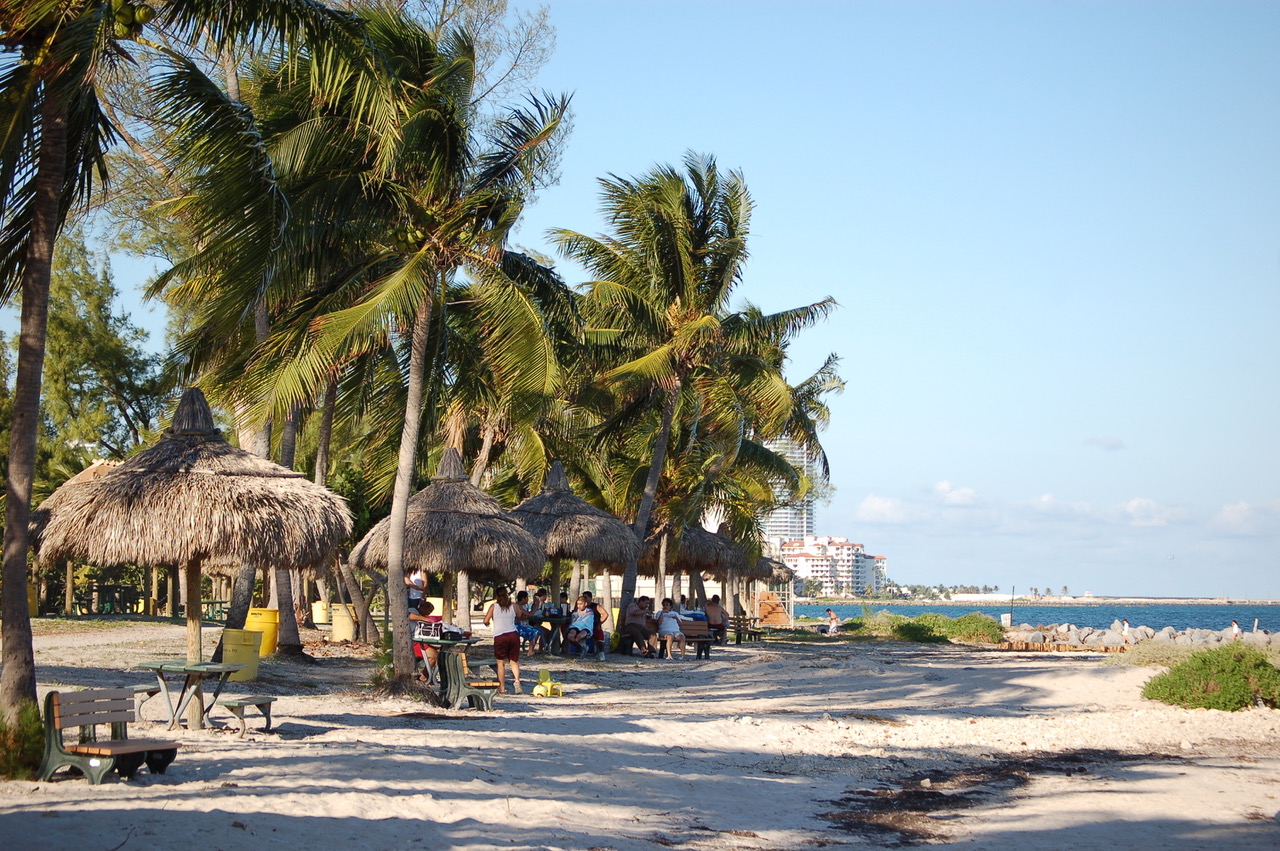
Unlike glitzy Miami Beach, Virginia Key Beach in Miami is a peaceful, family-oriented place that celebrates Juneteenth in a relaxing way.
Other Places
Juneteenth became an official holiday in New Jersey in September and the Garden State will be hosting a wide variety of celebrations throughout the state. On the Jersey Shore, people can spend a day at the beach while also enjoying an Afro-centric Fashion Show. Grab a bite to eat from some of the minority owned restaurants that will be present or from one of the live cooking demonstrations.
Tulsa, Oklahoma will be continuing their annual Juneteenth Festival on Historic Greenword Avenue. This two day festival features paintings by Black artist Amy Sherald, the painter behind the official portrait of Michelle Obama that currently hangs in Smithsonian’s National Portrait Gallery, Unleash your inner artist by participating in the available chalk drawing while music plays and local dishes are served.
North Charleston, South Carolina celebrates Juneteenth with a Lowcountry Juneteenth Week and Festival. Located on the Bend near the city’s waterfront, the festivities will feature food trucks, fireworks and performances by guest performers Raheem DeVaughn, Lacee, Lebrado and Joe Nice.
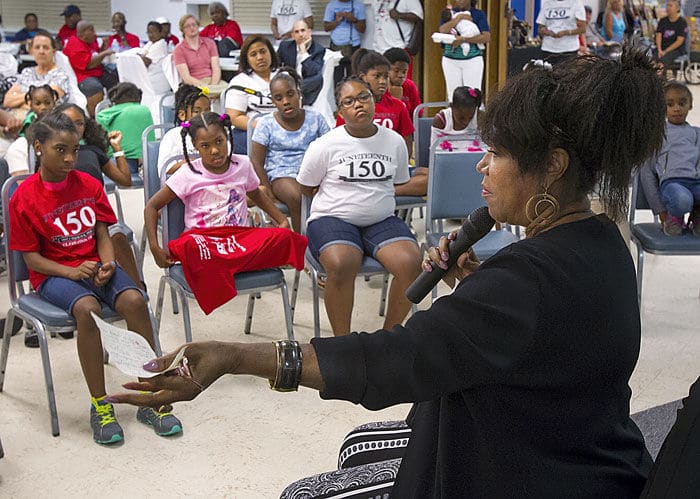
There is a strong educational aspect to Juneteenth celebrations in Galveston and elsewhere.
Online options
For those who may not feel comfortable enough to travel, you are in luck because many museums including the Smithsonian have a vast library of online resources for people to learn about Juneteenth including digitized versions of historical photographs and powerful documents including decorative copies of the Emancipation Proclamation that were produced in 1864.
As you plan what may be your first vacation in over a year, instead of going to an old favorite, consider the advice of Michael Woody, Chief Tourism Officer for the Galveston Island Convention & Visitors Bureau and “turn left where you would have turned right” and take the opportunity to embark on a vacation with meaning where you can learn more about the history we all share.![]()
Amanda Morris is a junior at Syracuse University, pursuing a degree in Television, Radio, and Film at the S.I. Newhouse School of Public Communications.

